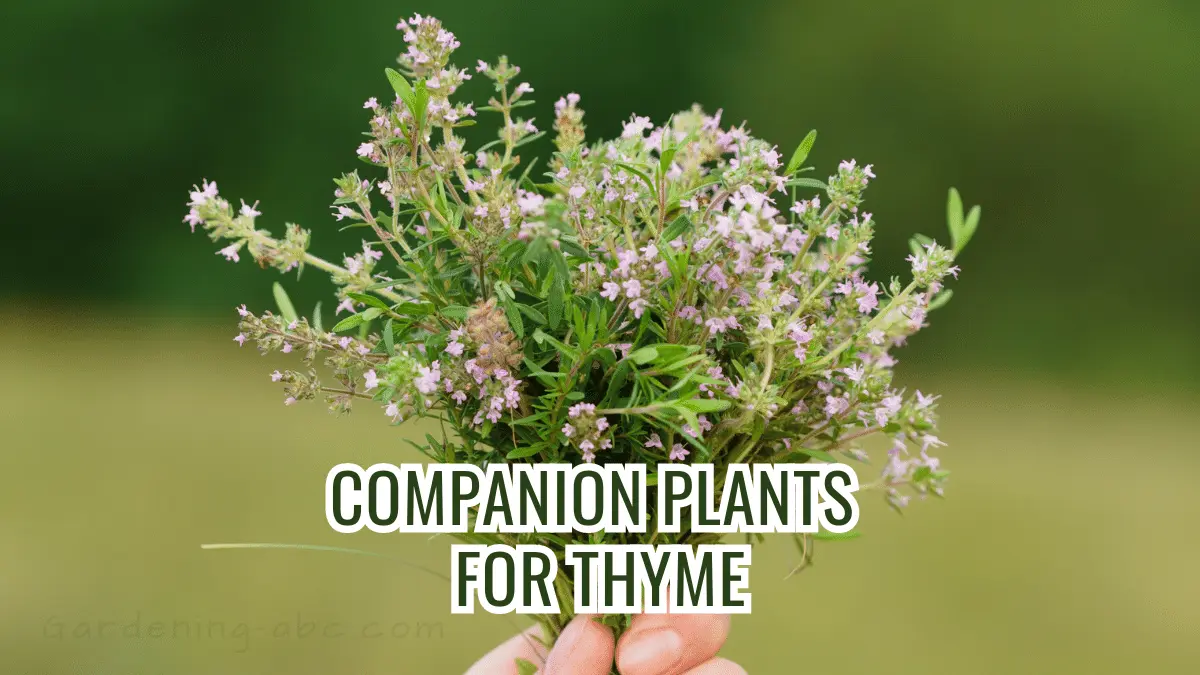We use affiliate links to run our site. When you buy through links on our site, we may earn an affiliate commission, without any added cost to you. Learn more
If you grow thyme in your garden, you’ll want to choose its planting companions wisely. While some plants help thyme prosper, others hinder its growth.
This guide will teach you the ideal neighbors for thyme based on years of companion gardening wisdom. With the right combinations, your thyme will thrive and add tons of flavor to your cooking!
What Is Companion Planting?
Companion planting refers to the practice of strategically planting mutually beneficial crop pairings together. It is based on the idea that certain plants can help each other grow when planted side by side.
Companion planting boosts crop productivity without using pesticides or fertilizers. By mimicking natural plant relationships, plants protect each other from pests, attract pollinators, provide nutrients, and maximize garden space.
Benefits of Companion Planting
Some key benefits of thoughtfully designed companion plantings include:
- Pest control through natural repellents or confusion of pests.
- Increased pollination from flowers that attract pollinators.
- Natural fertilization from nitrogen-fixing plants or nutrient accumulators.
- More efficient use of garden space through tall/short or low spreading combinations.
- Prevention of disease spread through physical barriers created by plant neighbors.
- Certain plant combinations also produce a better flavor.
What Does Thyme Need to Grow?
Before choosing thyme companions, it’s helpful to understand what conditions thyme requires to grow well:
- Full sun – Thyme thrives in a sunny spot. It needs at least 6 hours of direct sunlight per day. Partial shade will cause spindly, weak growth.
- Well-drained soil – Thyme won’t tolerate wet, soggy soil. Make sure the planting site drains well without staying waterlogged.
- Moderate water – Thyme needs about 1 inch of water per week. The soil should dry out slightly between waterings. Too much moisture promotes root rot.
- Good air circulation – Space thyme plants 12-18 inches apart to allow for airflow and prevent mildew or fungal disease.
We have a detailed article on how to grow thyme at home read that for more information.
Best Companion Plants for Thyme
Here are some of the best companion plants for thyme:
Sage

Sage is one of the best companions for thyme. These two Mediterranean herbs share similar needs for full sun, well-drained soil, and moderate watering. Plus, sage helps repel some common thyme pests like cabbage moths.
The soft gray-green leaves of sage pair beautifully with thyme’s tiny aromatic leaves. Plant them side by side for an ornamental and functional herb garden.
Oregano
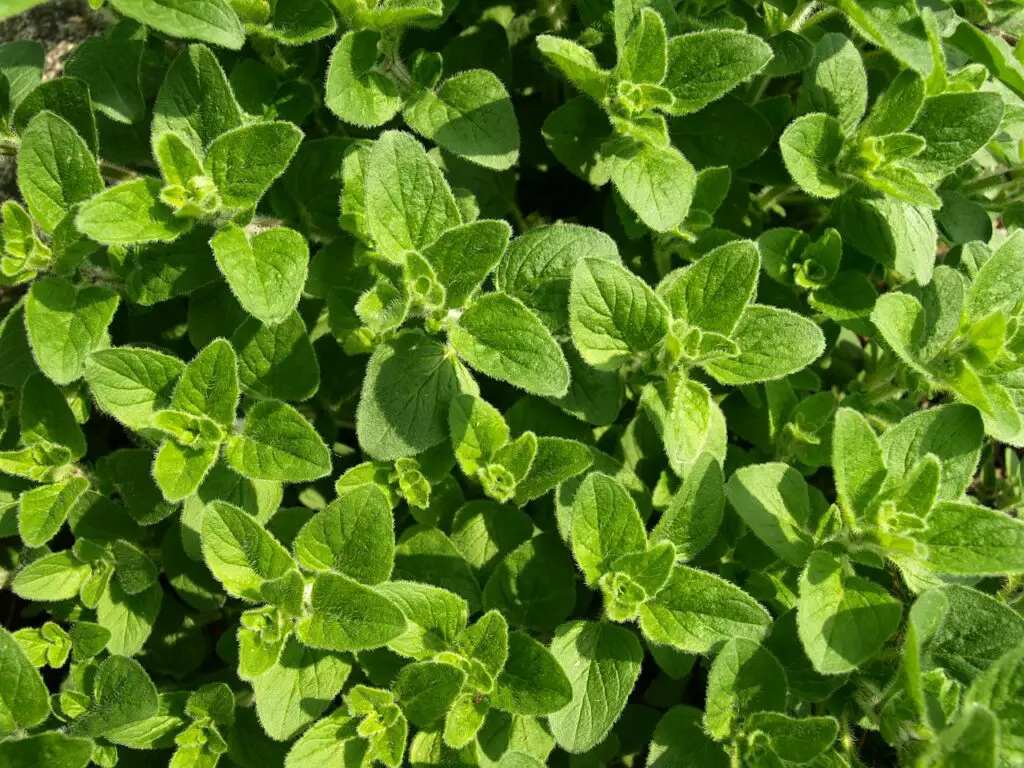
Another relative, oregano makes an ideal neighbor for thyme. Oregano prefers the same growing conditions as thyme and won’t compete for resources.
The pungent oils of oregano also help mask the scent of thyme from potential insect pests. Try planting oregano and lemon thyme together for beautiful contrasting flowers and foliage.
Lettuce:
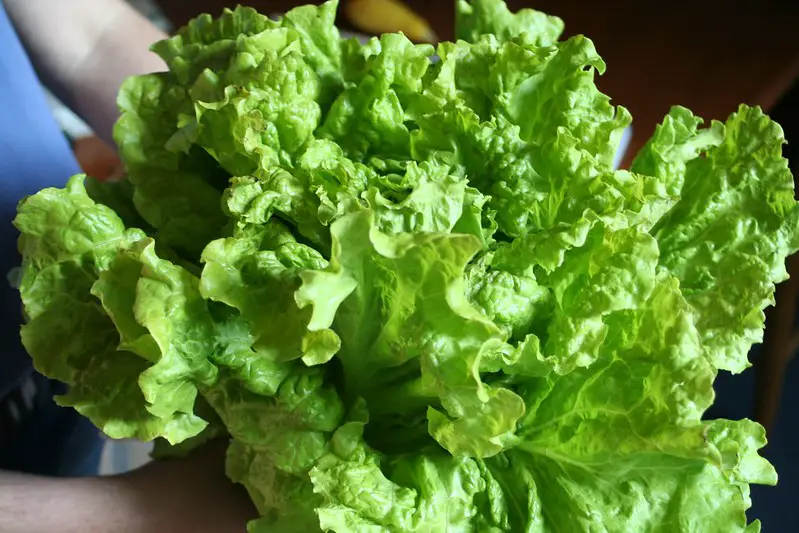
Lettuce and thyme prefer similar conditions like full sun exposure, well-drained soil, adequate moisture, and sufficient spacing for air circulation. This makes them compatible neighbors.
Thyme helps deter some common lettuce pests like aphids, mites, and slugs. Interplanting thyme can protect lettuce from pest damage.
Some studies show that growing lettuce and thyme together actually enhances the flavor of both plants. The proximity brings out subtle nuances.
The low-growing rosettes of lettuce combine nicely with the petite leaves and flowers of thyme. They make a visually appealing edible combo.
Lettuce matures quickly while thyme is a perennial. After harvesting lettuce, the thyme remains to fill the space.
Carrots:
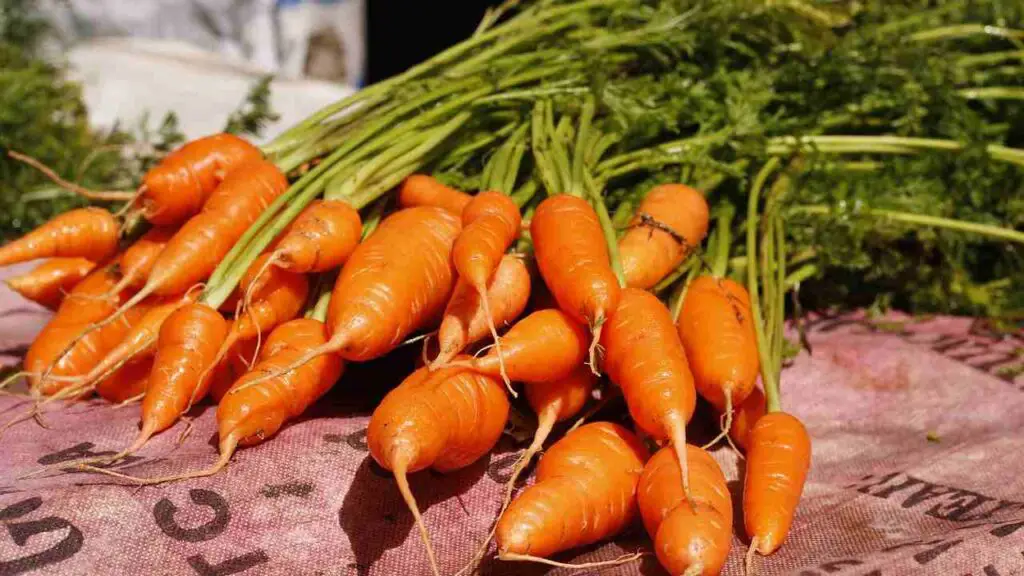
Plant thyme at the edges or throughout your carrot patch. Thyme contains compounds that help carrots be more resistant to carrot flies, a common pest.
The shallow roots of thyme don’t compete with the downward growing carrot roots. Just keep the soil moist for optimal growth of both plants.
Cabbage Family:
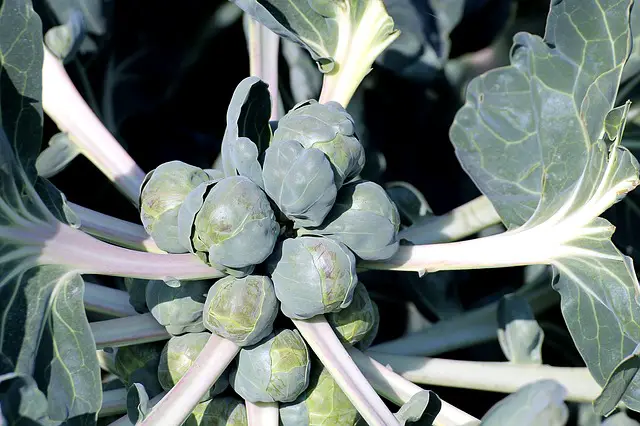
Thyme makes a great companion for Brussels sprouts, kale, broccoli, and other cabbage-family crops. It helps repel the cabbage moth larvae which can decimate these vegetables.
The flowers also attract beneficial wasps that prey on cabbage worms and loopers. Plant thyme throughout your cabbage garden as a living insect repellent.
Beets:
Beets and thyme mutually benefit each other. Thyme helps repel beet leafminers. Beets provide ground cover to retain moisture for shallow-rooted thyme.
The young tender thyme leaves also taste delicious chopped up and added to beet salads! They pair well in the kitchen and the garden.
On the other hand, thyme helps to repel pests like cabbage loopers and enhances the growth of beets.
Worst Companion Plants for Thyme
While many plants grow well with thyme, there are some you’ll want to keep away:
Basil
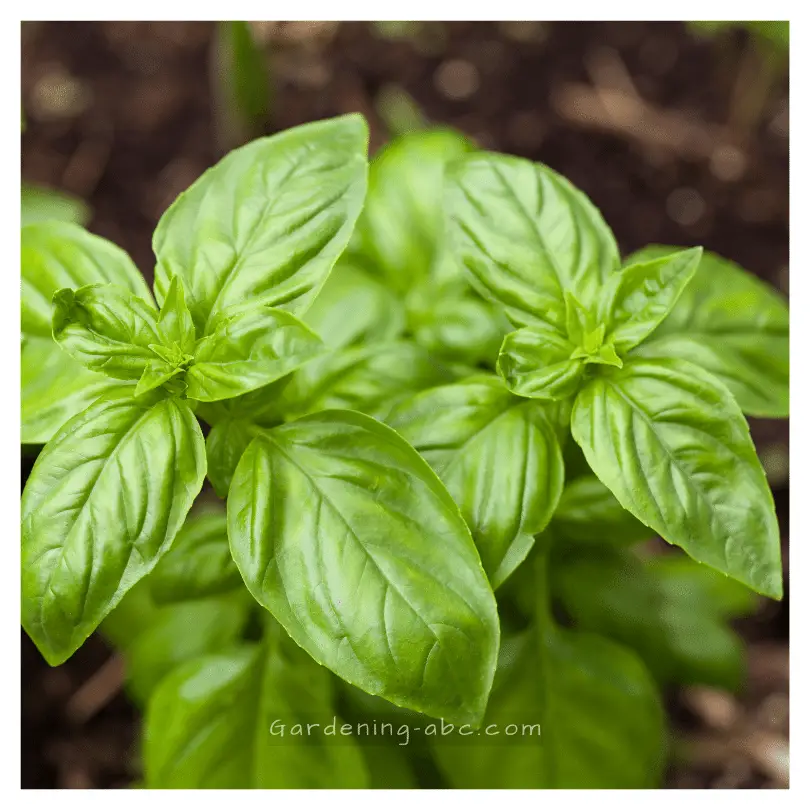
In the garden, basil and thyme just don’t get along. Research shows basil stunts the growth of thyme when planted nearby.
They both require full sun and can compete for space. Save your basil for the vegetable garden and keep it away from the thyme patch.
Mint
Don’t plant mint near thyme unless it is contained. Mint is a rampant spreader that can easily take over your garden.
The roots will intermingle with thyme, crowding out growth. Choose a separate spot for mint like a container or confined garden bed.
Cilantro:

Cilantro is not an ideal companion for thyme. It grows rapidly and tends to bolt quickly, especially in warm weather. This can create shading issues and competition for resources with slower-growing thyme.
Cilantro also prefers consistently moist soil, while thyme thrives in drier conditions. Planting them together creates a watering dilemma.
Additionally, bushy cilantro can crowd thyme plants, impeding air circulation and increasing the risk of fungal diseases.
Chives:
Chives also make a poor companion plant for thyme. Their dense, clumping growth habit allows chives to easily outcompete thyme for space, sunlight, and soil nutrients.
This leads to stunted thyme growth. Chives need regular watering, while thyme prefers drier soil. Finding a moisture balance that satisfies both plants can be difficult.
Harvesting chives by cutting leaves at the base can accidentally damage nearby thyme plants that are harvested by snipping stems and leaves.
Also, allowing chives to bolt and flower diverts energy from the thyme.
Beans & Peas
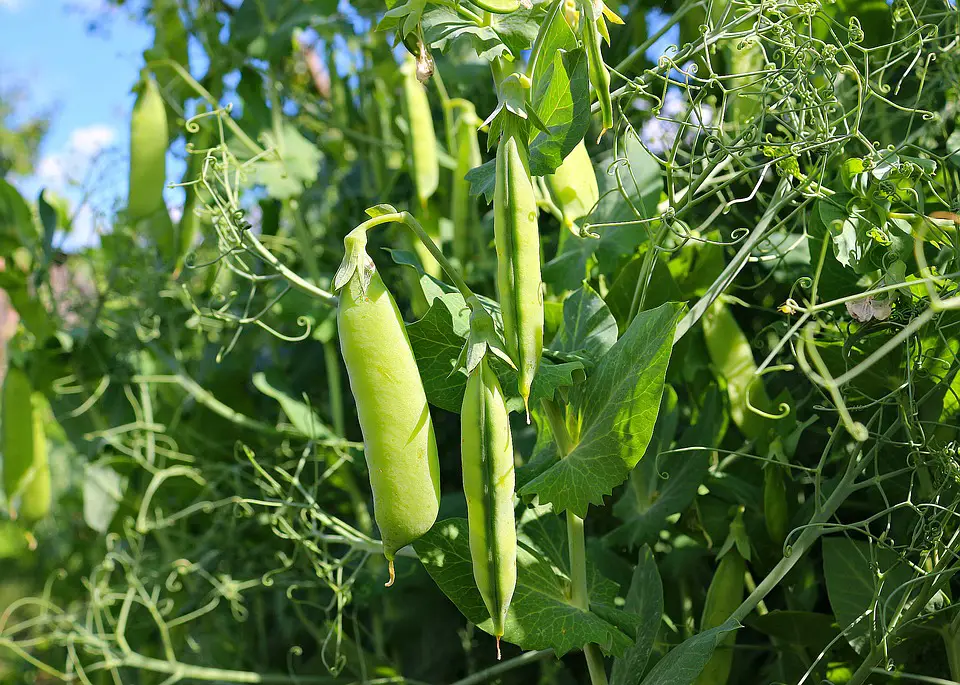
Legumes like beans and peas do not make good companions for thyme. They prefer moist soil and thrive with plenty of nitrogen.
Thyme requires well-drained soil and has low nitrogen needs. Keep your bean and pea crops separate from the thyme patch for optimal growth.
Rosemary
Rosemary and thyme both prefer dry conditions, but rosemary needs more room to reach its full size. Its dense woody growth easily crowds out lower-growing thyme plants.
For this pair, it’s best to keep them in separate herb gardens. But combining them at the dinner table is perfect!
How to Choose The Best Thyme Companion Plants for Your Garden:
When selecting companion plants for thyme, there are two main factors to consider: the growing requirements and how much you’ll use the plants.
Consider the Growing Requirements
Choose thyme companions that have similar needs in terms of:
- Sun exposure – Full sun lovers like oregano and sage
- Soil drainage – Plants that thrive in well-draining soil, not wet or soggy
- Water needs – Moderate water users, not heavy drinkers or drought tolerant
- Space needs – Plants that won’t overcrowd or shade out the thyme
Selecting companion plants with compatible needs to thyme sets them up for success. Thyme thrives in full sun, moderately moist but well-draining soil, and plenty of air circulation. Pick companions accordingly.
Choose Only What You’ll Use the Most
While certain plants may grow well with thyme, limit your selection to companions you’ll actually use regularly.
Consider your cooking style and tastes. Grow herbs or vegetables that you’ll incorporate into meals often. Having an overabundance of unused companion plants is counterproductive.
Make sure you eat or preserve the companion crops you grow with thyme. Produce only what your household can utilize to avoid waste and maximize garden space. Choosing multipurpose plants also adds value.
By weighing both the growing requirements and your intended use of potential companion plants, you can identify the best options for your thyme garden. Pick useful plants suited to thrive alongside thyme.
Proven Tips for Growing Thyme With Companion Plants
Here are some tips and tricks for getting success at companion planting.
Select the Right Site
- Choose a spot that gets full sun for at least 6 hours daily
- Ensure the soil drains well and doesn’t stay soggy after watering or rain
- Provide good air circulation by spacing plants 12-18 inches apart
Starting with the ideal site establishes the right conditions for thyme and its companions to thrive.
Prepare the Soil Well
- Loosen the soil and mix in 1-2 inches of compost or organic matter
- Test the pH and amend the soil if needed – thyme prefers a neutral to slightly alkaline pH of 6.5-7.5
- Mix in a balanced organic fertilizer at planting time to enrich the soil
Proper soil preparation eliminates nutrient deficiencies that could hinder growth.
Group Plants Strategically
- Plant thyme near vegetables and fruits that benefit from pest protection
- Interplant with herbs that enhance thyme’s flavor and growth
- Place taller companions like dill or chives to the north to avoid shading
- Set aggressive spreaders like mint or oregano in pots to contain them
Mindful plant placement maximizes positive interactions and prevents less compatible plants from competing.
Monitor and Adjust as Needed
- Observe plant growth and intervene if one companion is struggling
- Adjust watering frequency if needed to accommodate plant needs
- Amend soil with compost mid-season to provide nutrients
- Separate any incompatible plants that inhibit each other’s growth
Keeping an eye on plants allows you to fine-tune care for optimal companion relationships.
Conclusion
With so many benefits like insect pest control and enhanced flavor, thyme is a wonderful plant to include in your garden plans. Get the most out of your thyme crop by pairing it with companion plants like sage, oregano, and beets.
Avoid planting next to mint, cilantro, and basil for best results. Use these companion planting tips to design a robust thyme patch you’ll enjoy all season long.
Frequently Asked Questions:
What vegetables grow well with thyme?
Some great vegetable companions for thyme include tomatoes, peppers, eggplant, carrots, beets, cabbage, broccoli, cauliflower, kale, Swiss chard, onions, garlic, lettuce, spinach, radishes, turnips, and melons.
What fruits combine well with thyme?
Some fruits that make good companions for thyme include strawberries, blueberries, raspberries, apples, pears, peaches, apricots, and citrus trees.
What herb companions does thyme grow well with?
Oregano, sage, rosemary, lavender, parsley, garlic, chamomile, and dill make great herb companions for thyme. Many culinary herb plants share similar needs and provide pest protection.
Why shouldn’t mints be planted with thyme?
Mints tend to take over gardens quickly with their spreading roots. Plant them away from thyme to avoid mint crowding out and competing with the thyme plants.
Does thyme grow well with all herbs?
A few herbs like cilantro, fennel, and tarragon are not ideal companions. They have much different growth habits or moisture and nutrient needs than thyme.
Amazon and the Amazon logo are trademarks of Amazon.com, Inc, or its affiliates.

Hi there! My name is Prasenjit and I’m an avid gardener and someone who has grown a passion for growing plants. From my hands-on experience, I have learned what works and what doesn’t. Here I share everything I have learned.
